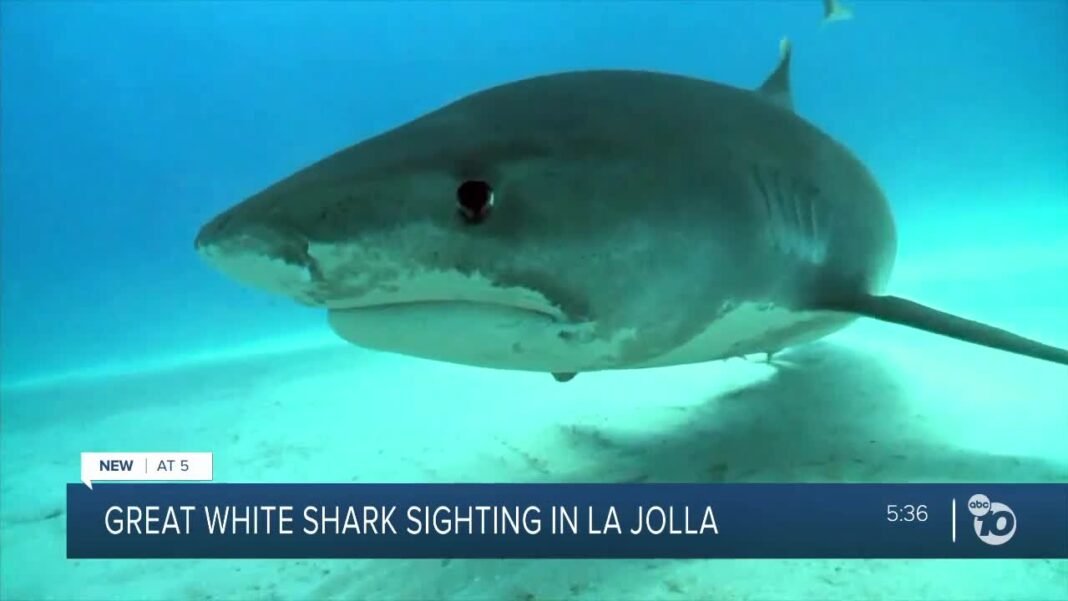In the crystal-clear waters of La Jolla, California, a formidable creature reigns supreme. The La Jolla Great White, a subspecies of the Great White Shark (Carcharodon carcharias), is a sight to behold. Measuring up to 20 feet in length and weighing over 5,000 pounds, this majestic predator has captivated the imagination of scientists, divers, and beachgoers alike.
Physical Characteristics and Habitat
The La Jolla Great White is distinguished by its sleek, torpedo-shaped body, conical snout, and powerful tail. Its gray and white coloration provides the perfect camouflage in the ocean’s depths. These sharks inhabit the coastal waters of La Jolla, a picturesque San Diego neighborhood, where the Pacific Ocean meets the rocky shores. They frequent areas with abundant marine life, such as kelp forests and reefs, to hunt and feed.
Behavior and Diet
La Jolla Great Whites are apex predators, feeding on a diverse array of prey, including:
-
Fish (such as tuna and rays)
-
Squid and octopuses
-
Seals and sea lions
-
Carrion
These sharks are skilled hunters, employing stealth and speed to ambush their prey. Their exceptional sense of smell and electroreception allow them to detect the slightest traces of food in the water.
Conservation Status and Threats
Despite their fearsome reputation, La Jolla Great Whites face numerous threats to their survival. Their numbers have declined due to:
-
Overfishing and bycatch
-
Habitat degradation and coastal development
-
Entanglement in fishing nets and marine debris
Conservation efforts, such as research programs and marine protected areas, are underway to safeguard these magnificent creatures and their habitats.
Interactions with Humans
While attacks on humans are rare, La Jolla Great Whites have been involved in a few notable incidents. However, most encounters are peaceful, with sharks displaying a curious nature. Many divers and snorkelers have reported swimming alongside these gentle giants, marveling at their grace and beauty.
Scientific Research and Discovery
La Jolla Great Whites have been the subject of extensive scientific research, shedding light on their behavior, migration patterns, and population dynamics. Studies have also explored the importance of these sharks in maintaining the health of marine ecosystems.
Conclusion
The La Jolla Great White is an awe-inspiring creature, deserving of our respect and admiration. As we continue to learn more about these incredible animals, we are reminded of the importance of conservation and responsible stewardship of our oceans. By protecting the La Jolla Great White and its habitat, we ensure the long-term health of our planet’s most vital ecosystem – the ocean.




